Home>Home Appliances>Kitchen Appliances>How Does A Manual Espresso Machine Work
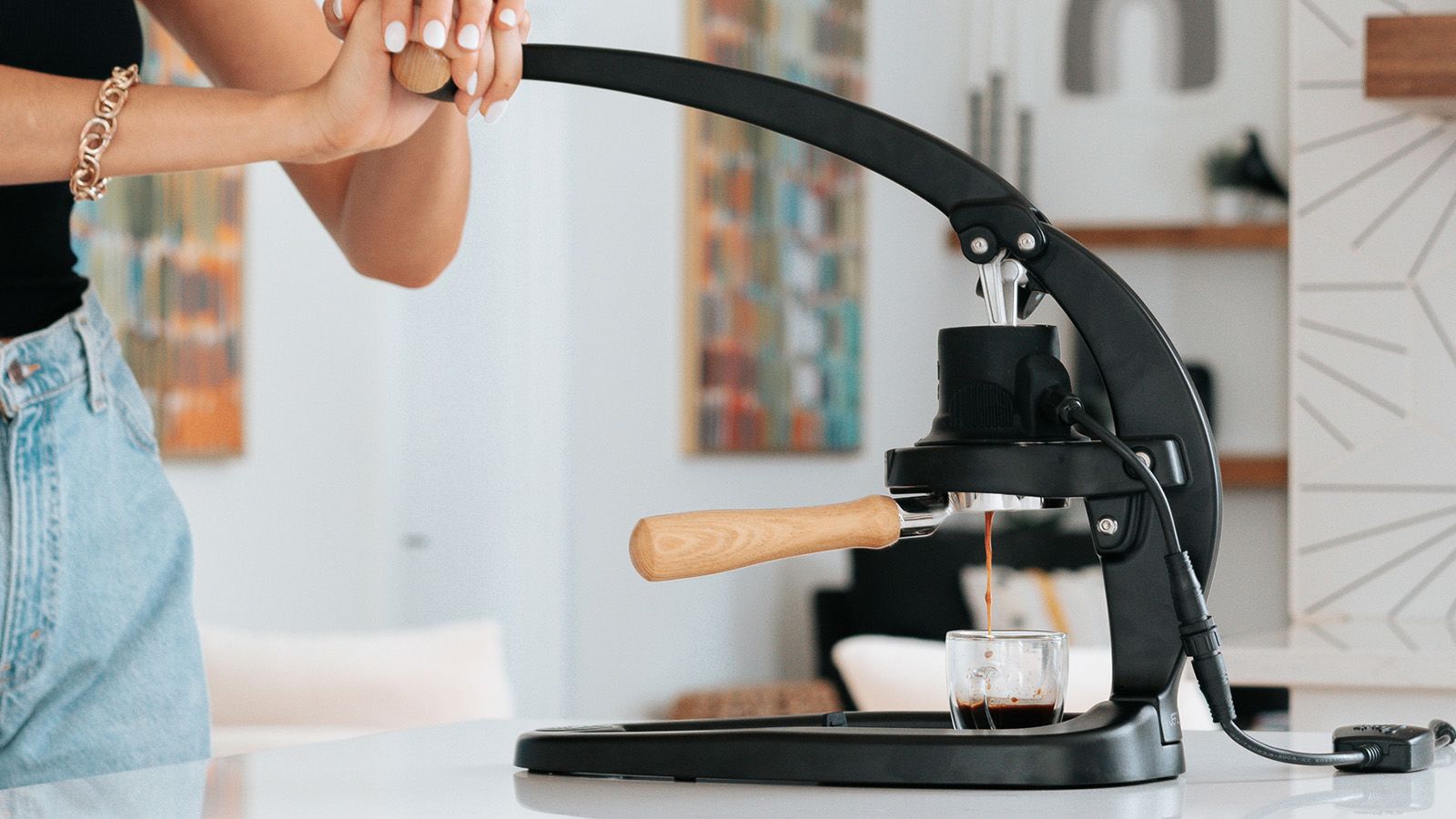

Kitchen Appliances
How Does A Manual Espresso Machine Work
Modified: January 9, 2024
Learn how a manual espresso machine works and master the art of making delicious espresso at home with this comprehensive guide. Discover the inner workings and essential tips for using this essential kitchen appliance.
(Many of the links in this article redirect to a specific reviewed product. Your purchase of these products through affiliate links helps to generate commission for Storables.com, at no extra cost. Learn more)
Introduction
Are you a coffee enthusiast who enjoys the rich, aromatic flavor of espresso? If so, you may have considered investing in a manual espresso machine to craft your own delicious brews at home. Manual espresso machines offer a hands-on and customizable approach to creating espresso, allowing you to control every aspect of the brewing process. In this article, we will delve into the inner workings of manual espresso machines, exploring their components, the process of making espresso, factors that influence the quality of the brew, and essential maintenance practices.
Manual espresso machines, also known as lever espresso machines, have a long-standing history dating back to the 19th century. These machines are revered for their ability to produce high-quality espresso with a depth of flavor that automated machines often struggle to replicate. By understanding the intricacies of how manual espresso machines function, you can gain a newfound appreciation for the art and science of espresso preparation.
Join us as we embark on a captivating journey into the world of manual espresso machines, uncovering the magic behind each perfectly extracted shot of espresso. Whether you are a seasoned barista or a curious coffee lover, this exploration will provide valuable insights into the inner workings of these remarkable appliances. Let's dive in and unravel the mysteries of manual espresso machines together.
Key Takeaways:
- Manual espresso machines have essential components like the portafilter, boiler, and lever that work together to create a flavorful shot of espresso. Understanding these parts is key to mastering the art of espresso preparation.
- Crafting the perfect espresso with a manual machine requires attention to factors like coffee bean selection, grind size, and brewing temperature. Mastering these elements elevates the brewing experience and ensures consistently exceptional espresso.
Read more: How Does An Espresso Machine Work
Components of a Manual Espresso Machine
Manual espresso machines are intricate devices comprising several essential components that work in harmony to produce a flavorful and aromatic shot of espresso. Understanding the role of each component is crucial for mastering the art of espresso preparation. Let’s explore the key elements that make up a manual espresso machine:
- Portafilter: The portafilter is a crucial component that holds the coffee grounds during the brewing process. It is a handle-equipped, detachable metal basket with a perforated bottom, allowing water to pass through the coffee grounds.
- Boiler: The boiler is responsible for heating the water to the optimal brewing temperature. In manual espresso machines, the boiler may be a single boiler or a dual boiler system, with the latter allowing simultaneous brewing and steaming.
- Group Head: The group head is the part of the machine where the portafilter is inserted. It serves as the interface between the machine’s internal components and the coffee grounds, facilitating the infusion of hot water through the coffee to extract the espresso.
- Lever: The lever, a defining feature of manual espresso machines, is used to manually control the pressure applied to the coffee grounds during the extraction process. This hands-on approach allows the user to fine-tune the brewing parameters for a customized espresso experience.
- Pressure Gauge: Some manual espresso machines are equipped with a pressure gauge, providing a visual indication of the pressure exerted during the extraction. This feature enables users to monitor and adjust the brewing pressure to achieve the desired extraction results.
- Steam Wand: For those manual espresso machines equipped with a steam wand, this component allows users to froth and steam milk, essential for preparing milk-based espresso beverages such as lattes and cappuccinos.
- Water Reservoir: The water reservoir stores the water used for brewing espresso. It is essential to maintain the reservoir’s cleanliness to ensure the purity and quality of the water used in the brewing process.
These components collectively form the heart of a manual espresso machine, each playing a vital role in the creation of a perfect shot of espresso. Understanding how these elements interact and contribute to the brewing process is fundamental to mastering the art of manual espresso preparation.
The Process of Making Espresso
Crafting a sublime shot of espresso with a manual espresso machine is an art that requires precision, attention to detail, and a deep understanding of the brewing process. Let’s unravel the step-by-step journey of transforming finely ground coffee beans into a rich and flavorful espresso:
- Preheating: Before commencing the brewing process, it is essential to preheat the manual espresso machine. This step ensures that the brewing components reach the optimal temperature for extracting espresso, contributing to a consistent and flavorful brew.
- Grinding the Coffee: Using a high-quality burr grinder, finely grind the coffee beans to achieve a consistent and uniform particle size. The fineness of the grind significantly impacts the extraction process, influencing the flavor, aroma, and crema of the espresso.
- Tamping: Transfer the freshly ground coffee into the portafilter and tamp it evenly and firmly to create a uniform coffee bed. Proper tamping is crucial for promoting even water flow through the coffee grounds during extraction, ultimately influencing the quality of the espresso.
- Inserting the Portafilter: Place the tamped portafilter into the group head of the espresso machine, ensuring a secure fit to prevent any leaks during the brewing process.
- Engaging the Lever: With the portafilter in place, engage the lever to initiate the brewing process. The lever allows the user to exert precise pressure on the coffee grounds, controlling the flow of water through the compacted coffee bed.
- Monitoring the Extraction: As the water passes through the coffee grounds, observe the extraction process, noting the flow rate and color of the espresso as it fills the cup. This visual assessment provides valuable insights into the quality of the extraction.
- Enjoying the Espresso: Once the extraction is complete, savor the freshly brewed espresso, appreciating its nuanced flavors, rich crema, and captivating aroma. Whether enjoyed as a standalone shot or incorporated into a delightful espresso-based beverage, the art of espresso-making culminates in the pleasure of indulging in a meticulously crafted brew.
Mastering the process of making espresso with a manual espresso machine is a rewarding endeavor that allows coffee enthusiasts to elevate their brewing skills and savor the unparalleled quality of homemade espresso.
When using a manual espresso machine, make sure to grind your coffee beans to a fine consistency, apply the right amount of pressure when tamping the grounds, and use water at the correct temperature to ensure a perfect shot of espresso.
Factors Affecting Espresso Quality
The quality of an espresso is influenced by a myriad of factors, each playing a pivotal role in shaping the flavor, aroma, and overall sensory experience of the brew. Understanding these influential elements is essential for consistently producing exceptional espresso with a manual espresso machine. Let’s explore the key factors that impact the quality of espresso:
- Coffee Bean Selection: The choice of coffee beans significantly influences the flavor profile of the espresso. Factors such as the bean variety, roast level, and freshness all contribute to the complexity and character of the brew.
- Grind Size and Consistency: The fineness and uniformity of the coffee grind profoundly impact the extraction process. An appropriate grind size ensures optimal extraction, while consistency promotes even flavor extraction and a balanced espresso profile.
- Brewing Temperature: Maintaining the correct brewing temperature is critical for extracting the flavors and aromas inherent in the coffee grounds. Deviations in temperature can lead to under-extraction or over-extraction, resulting in a subpar espresso.
- Brewing Pressure: The pressure applied to the coffee grounds during extraction plays a crucial role in determining the espresso’s body, crema quality, and flavor concentration. Controlling and adjusting the brewing pressure allows for customization and refinement of the brewing process.
- Extraction Time: The duration of the extraction process influences the balance of flavors in the espresso. Monitoring the extraction time enables the fine-tuning of the brewing process to achieve the desired flavor profile and intensity.
- Water Quality: The purity and mineral content of the water used for brewing profoundly impact the espresso’s taste and mouthfeel. High-quality water free from impurities is essential for preserving the coffee’s nuanced flavors and aromatics.
- Equipment Maintenance: Regular cleaning and maintenance of the manual espresso machine, including descaling, portafilter cleaning, and group head maintenance, are crucial for ensuring optimal brewing conditions and preserving the machine’s performance.
By attentively considering and mastering these factors, espresso enthusiasts can elevate their brewing skills, consistently producing exceptional shots of espresso that showcase the true essence of the coffee beans and the artistry of manual espresso preparation.
Cleaning and Maintenance of Manual Espresso Machines
Proper maintenance and regular cleaning are indispensable for preserving the performance, longevity, and flavor integrity of a manual espresso machine. By adhering to a comprehensive maintenance routine, espresso enthusiasts can ensure that their machines consistently deliver exceptional brews while prolonging the appliance’s lifespan. Let’s delve into the essential cleaning and maintenance practices for manual espresso machines:
- Backflushing the Group Head: Backflushing, a process that involves using a blind filter and espresso machine cleaning detergent, helps remove residual coffee oils and buildup from the group head and portafilter. This practice promotes optimal extraction and prevents flavor taint in subsequent brews.
- Descaling the Boiler: Over time, mineral deposits can accumulate in the boiler, affecting the machine’s heating efficiency and potentially altering the flavor of the espresso. Descaling the boiler at regular intervals using a descaling solution is crucial for maintaining peak performance.
- Cleaning the Portafilter and Basket: Regularly disassembling and cleaning the portafilter and its basket helps prevent coffee residue buildup, ensuring consistent extraction and preventing off-flavors from contaminating the espresso.
- Steam Wand Maintenance: After each use, purging the steam wand and wiping it clean prevents milk residue from clogging the wand, preserving its functionality and hygiene. Additionally, periodic deep cleaning of the steam wand is essential to prevent bacterial growth and ensure milk frothing quality.
- Water Reservoir Care: Routinely emptying, cleaning, and refilling the water reservoir prevents the accumulation of impurities and minimizes the risk of bacterial growth, safeguarding the quality of the brewing water.
- Inspecting and Replacing Seals: Regularly inspecting the machine’s seals and gaskets for wear and tear is essential for preventing leaks and maintaining brewing pressure. Timely replacement of worn seals ensures the machine’s optimal performance.
- Exterior Cleaning: Wiping down the exterior of the machine, including the housing and control surfaces, preserves the machine’s aesthetic appeal and prevents the accumulation of grime and residue.
By diligently adhering to these cleaning and maintenance practices, manual espresso machine owners can uphold the machine’s functionality, ensure the purity of their espresso, and prolong the appliance’s lifespan, allowing for years of continued brewing enjoyment.
Read more: How To Use A Manual Espresso Machine
Conclusion
Embarking on the journey of manual espresso preparation unveils a world of craftsmanship, precision, and sensory delight. Manual espresso machines, with their timeless appeal and hands-on approach, empower coffee enthusiasts to immerse themselves in the art of creating exceptional espresso. By understanding the components, intricacies of the brewing process, and the factors influencing espresso quality, aficionados can elevate their brewing skills and savor the unparalleled depth of flavor present in each meticulously crafted shot of espresso.
From the careful selection of premium coffee beans to the precise control of brewing parameters, the art of manual espresso-making embodies a harmonious blend of tradition and innovation. The tactile experience of engaging the lever, the aromatic allure of freshly ground coffee, and the anticipation of witnessing the golden crema cascading into the cup converge to form a ritual that transcends mere coffee preparation.
As with any artisanal pursuit, the care and maintenance of manual espresso machines are essential for preserving their functionality and ensuring the longevity of their performance. By embracing a diligent cleaning and maintenance regimen, espresso aficionados can safeguard the integrity of their machines, allowing for years of continued brewing excellence.
Whether sipped as a standalone indulgence or transformed into a myriad of exquisite coffee creations, the essence of a meticulously crafted espresso lies in its ability to captivate the senses, evoke moments of tranquility, and serve as a conduit for convivial gatherings. The allure of manual espresso machines lies not only in their ability to produce exceptional brews but also in the stories they inspire, the connections they foster, and the moments of pure delight they bestow upon those who partake in their offerings.
So, as you embark on your manual espresso-making odyssey, may each carefully crafted shot of espresso serve as a testament to the artistry, dedication, and sheer joy that permeate the world of espresso preparation. Here’s to the pursuit of perfection, the celebration of tradition, and the boundless creativity that unfolds with each and every sip of exquisitely brewed espresso.
Frequently Asked Questions about How Does A Manual Espresso Machine Work
Was this page helpful?
At Storables.com, we guarantee accurate and reliable information. Our content, validated by Expert Board Contributors, is crafted following stringent Editorial Policies. We're committed to providing you with well-researched, expert-backed insights for all your informational needs.
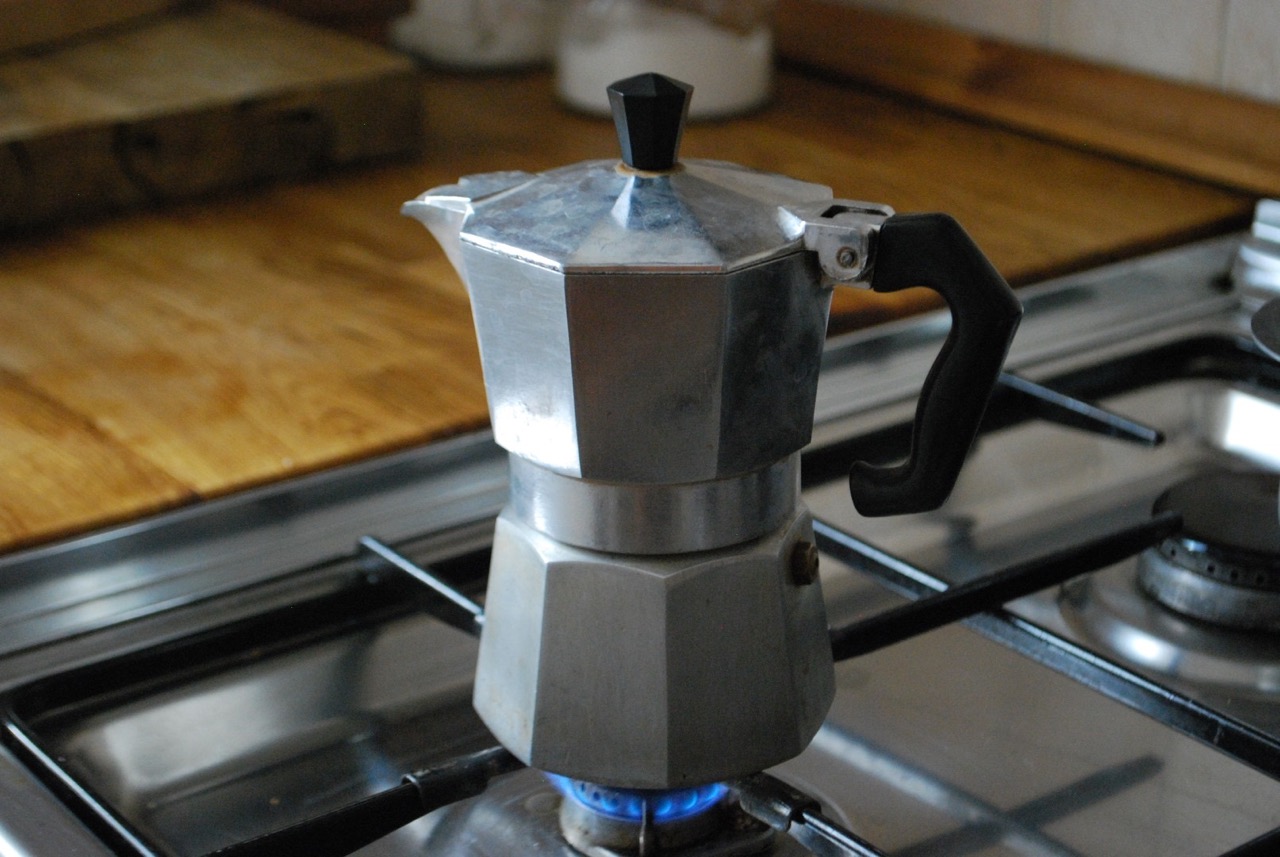
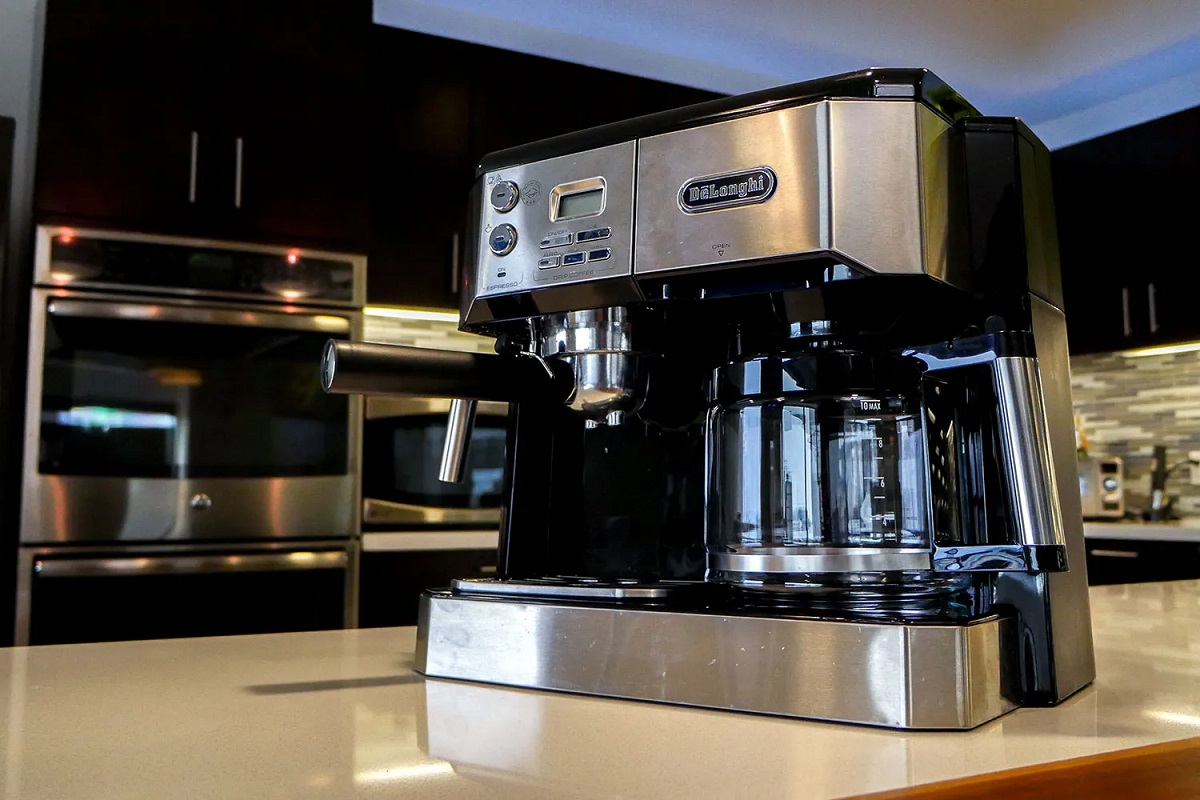
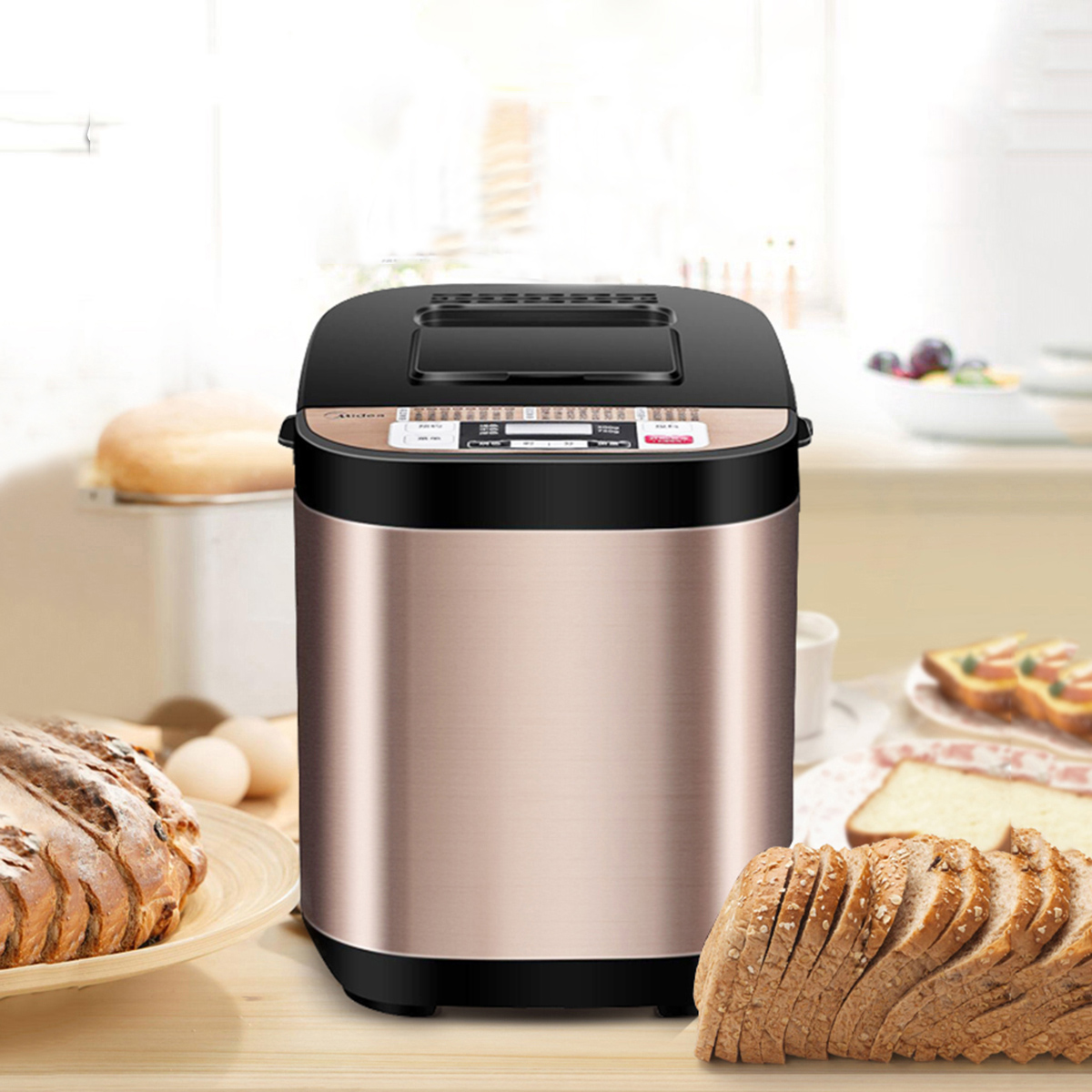
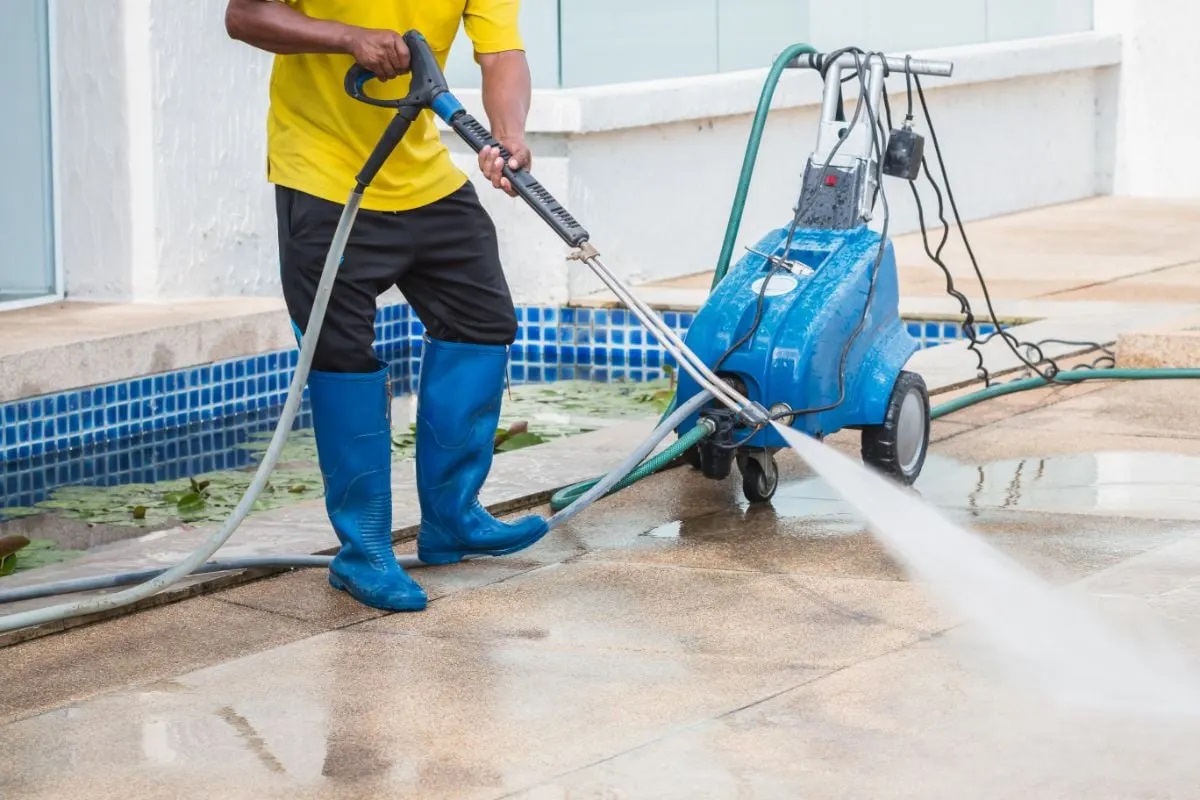
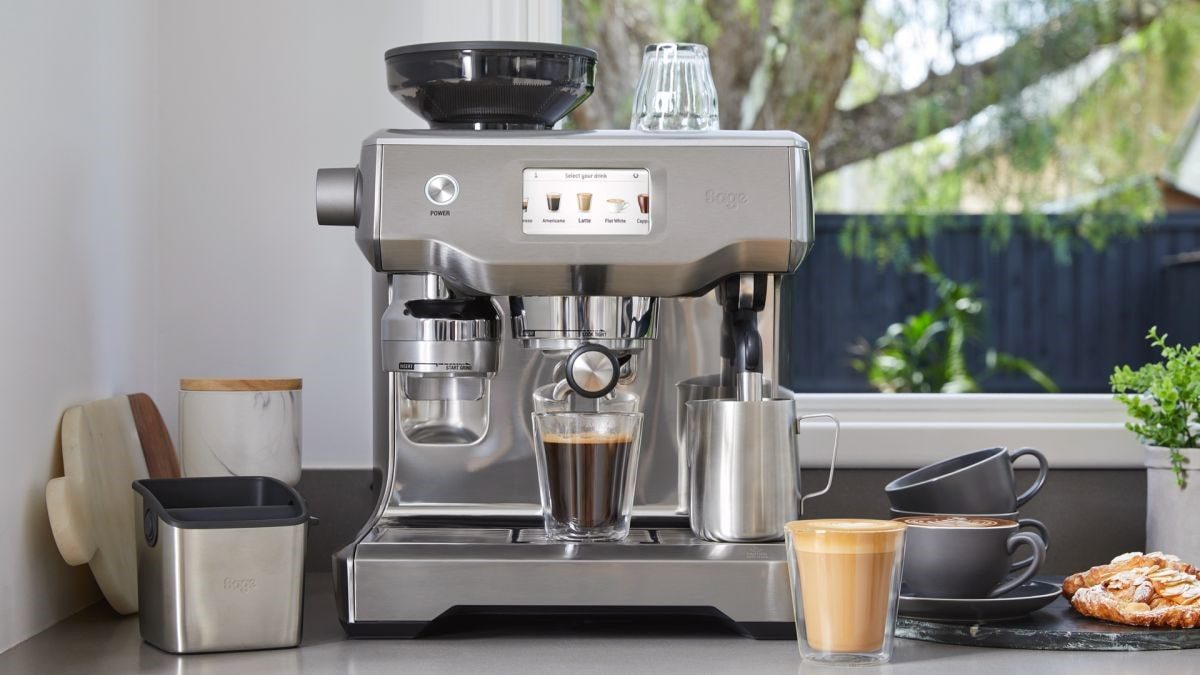
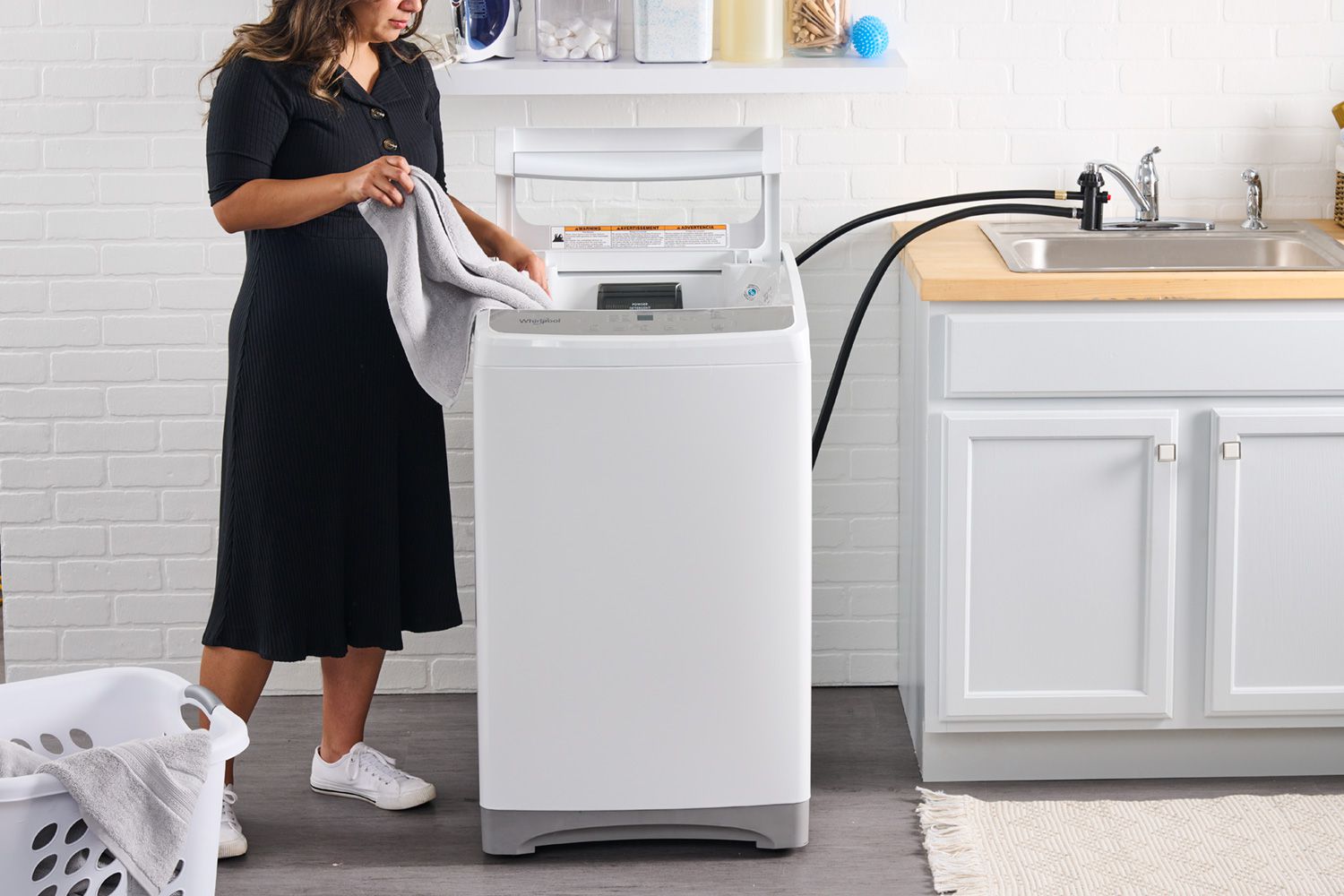
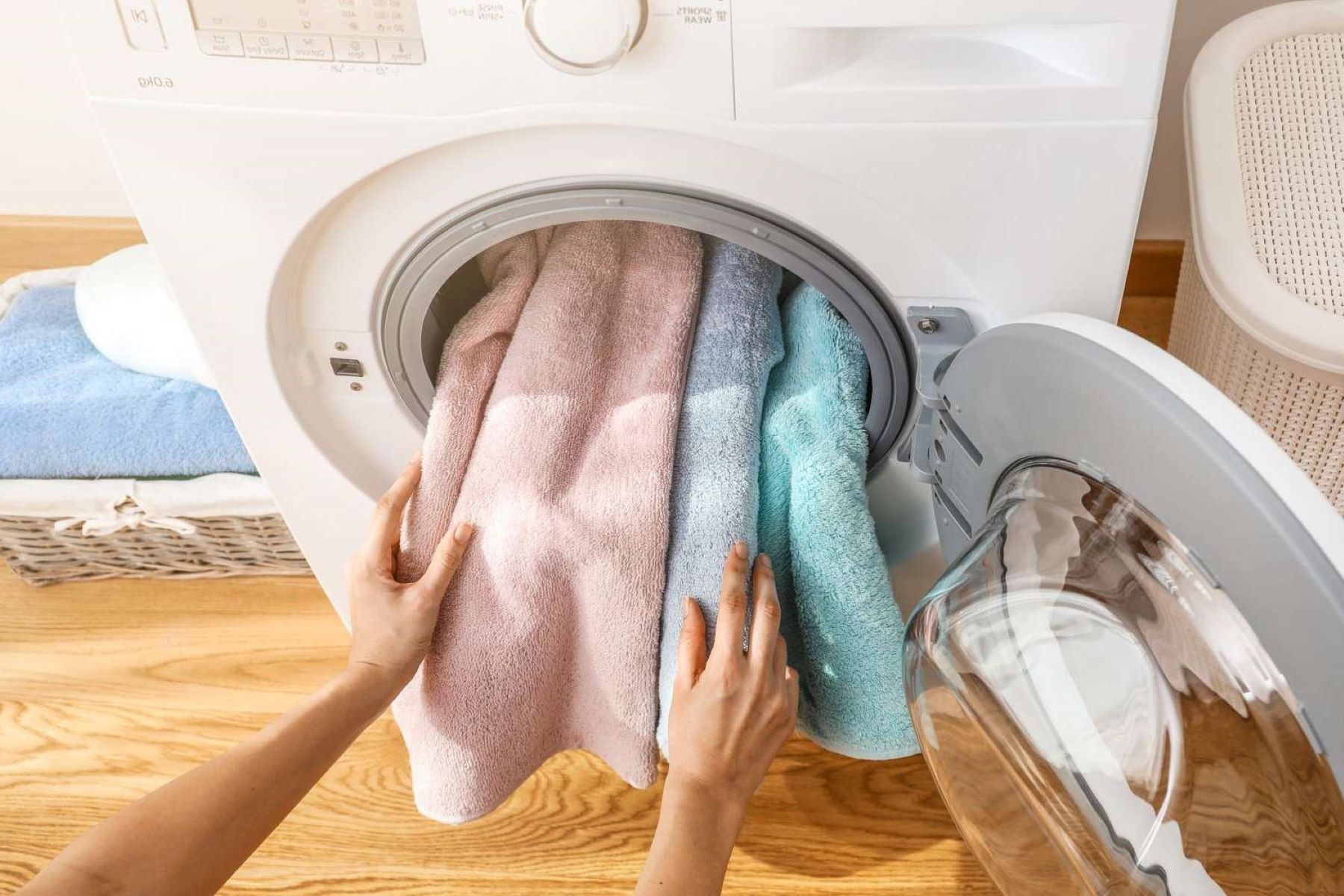
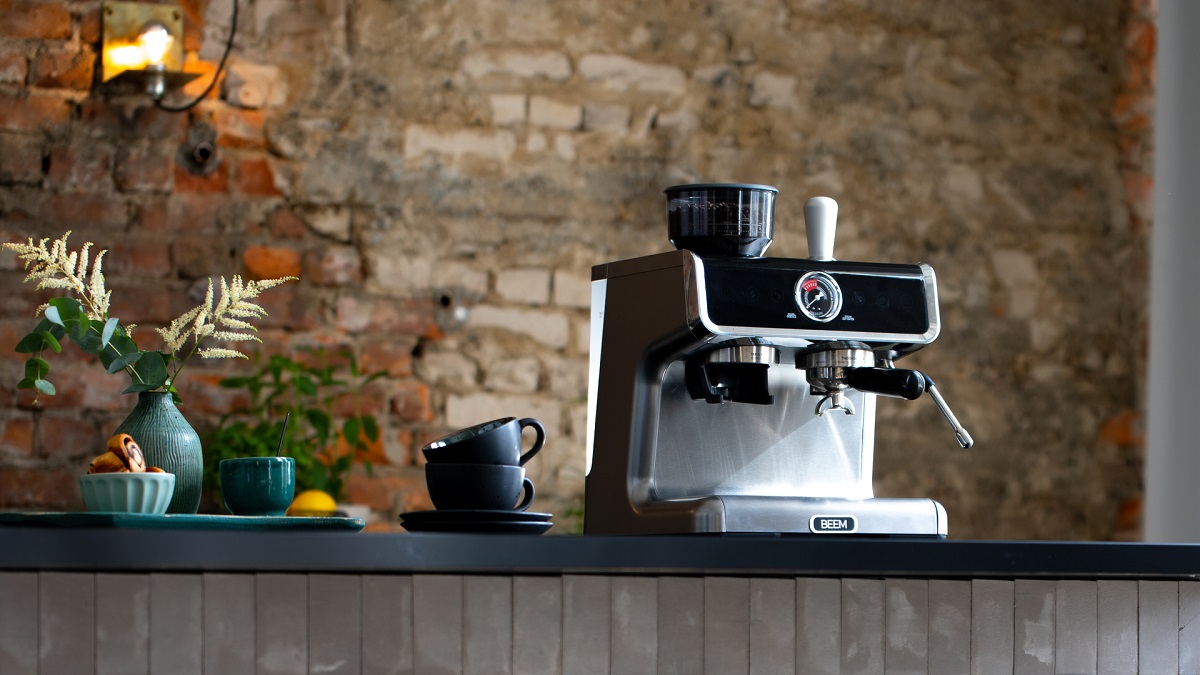
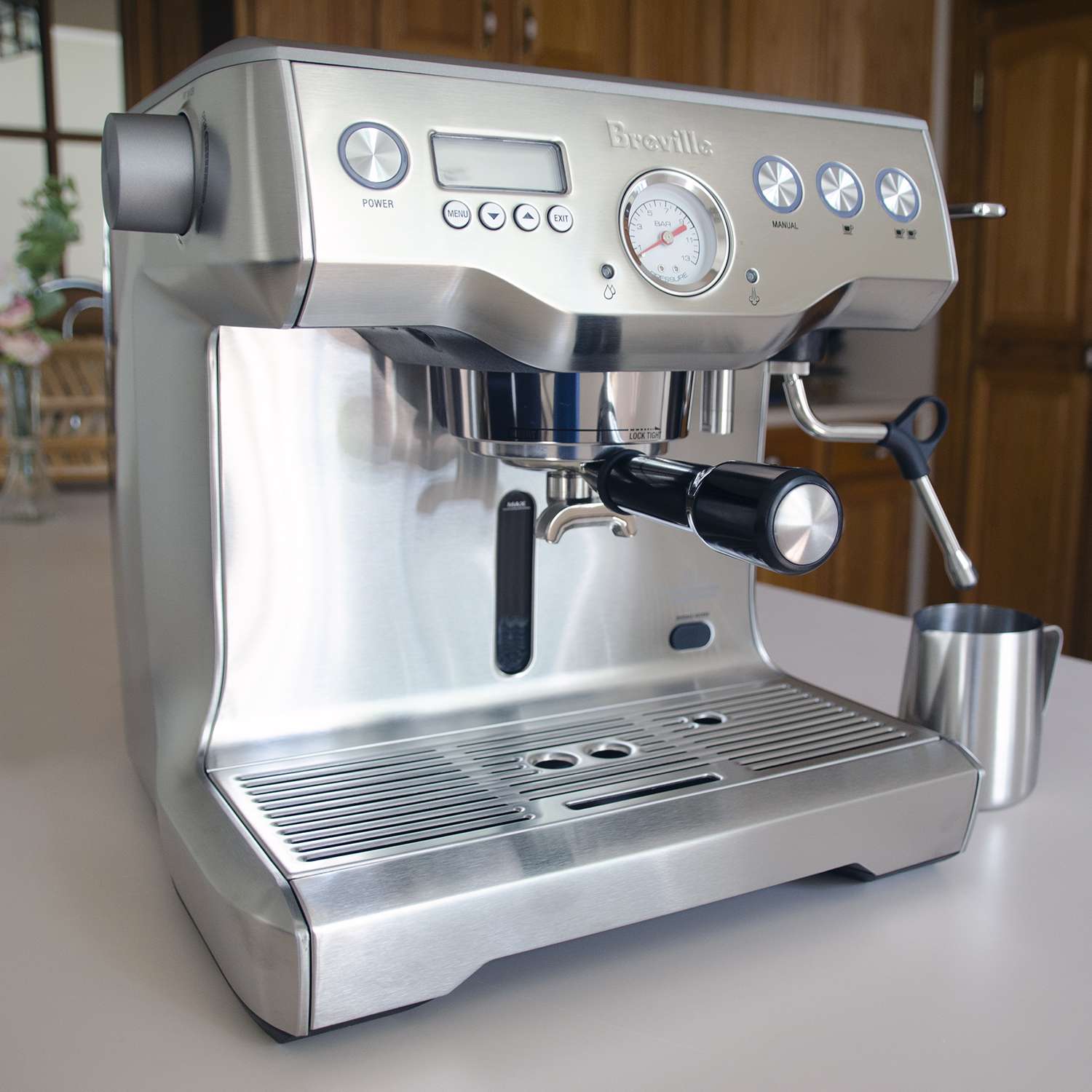

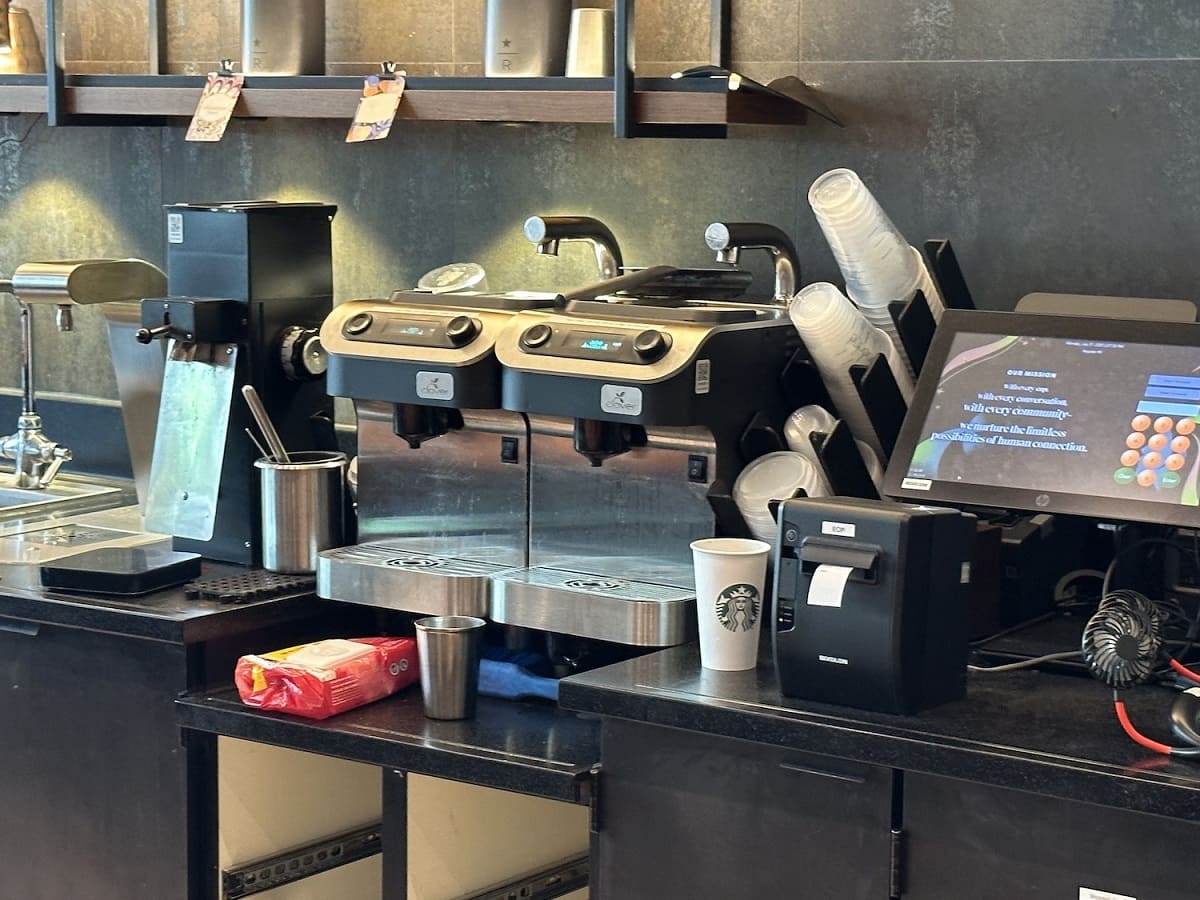
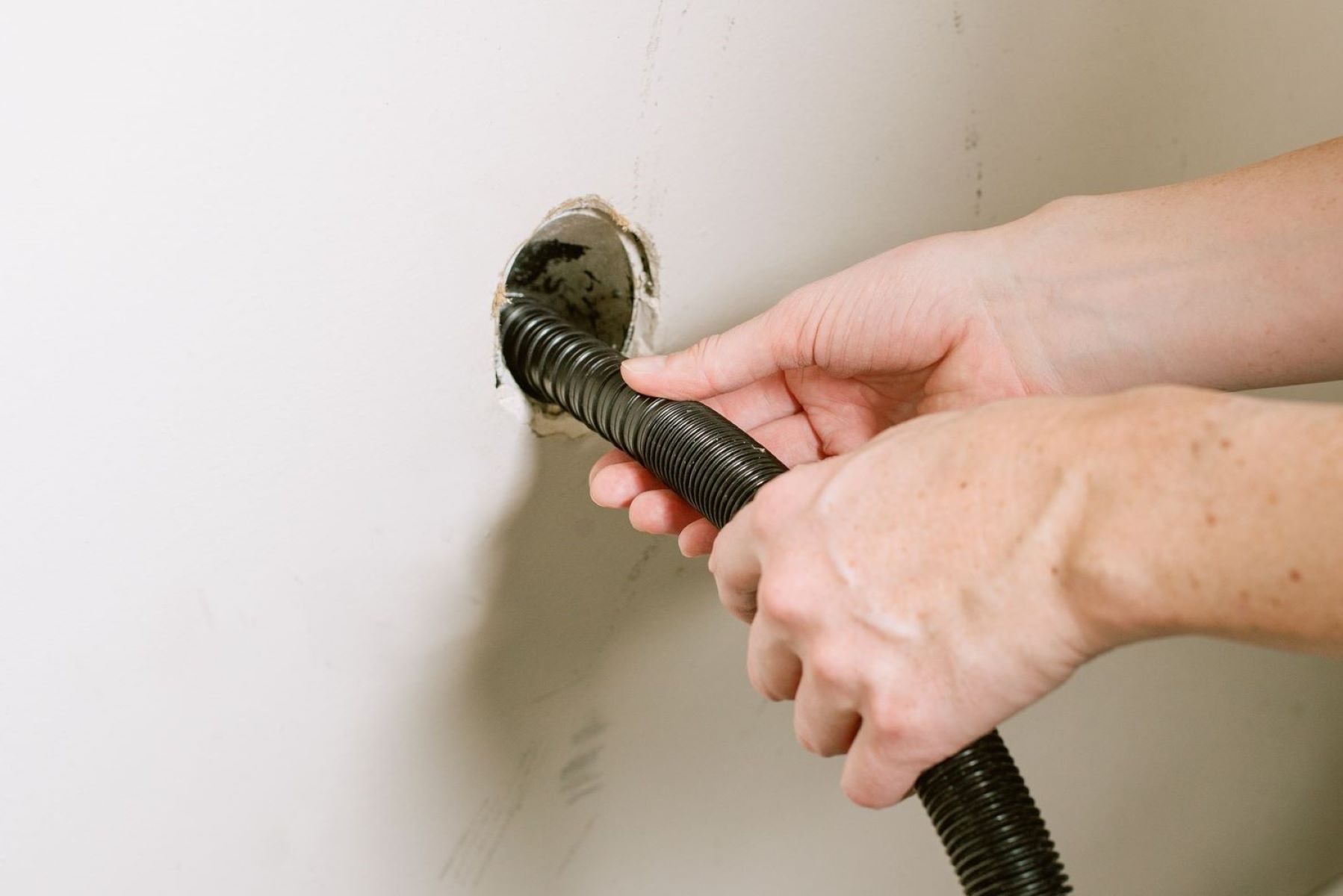

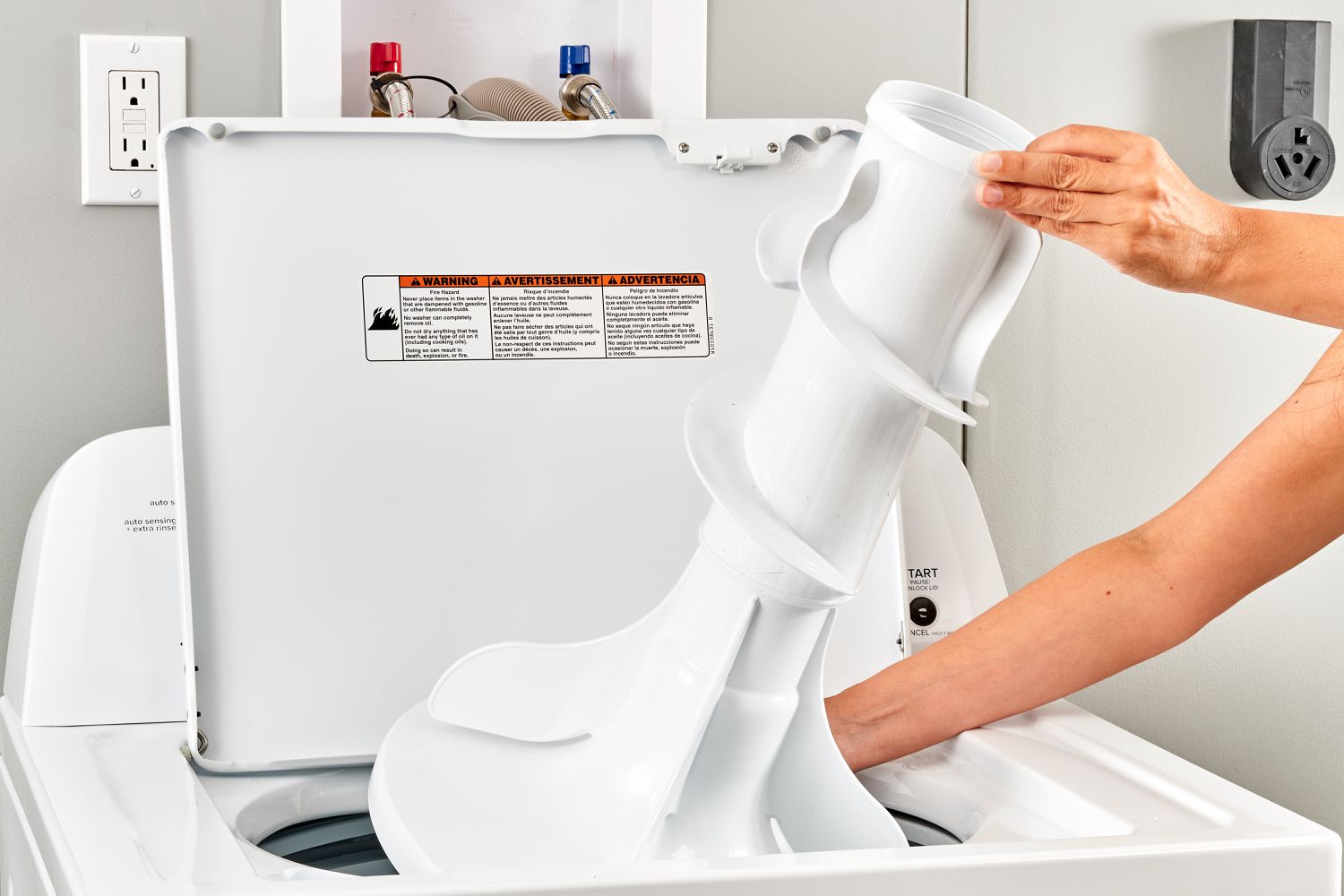

0 thoughts on “How Does A Manual Espresso Machine Work”